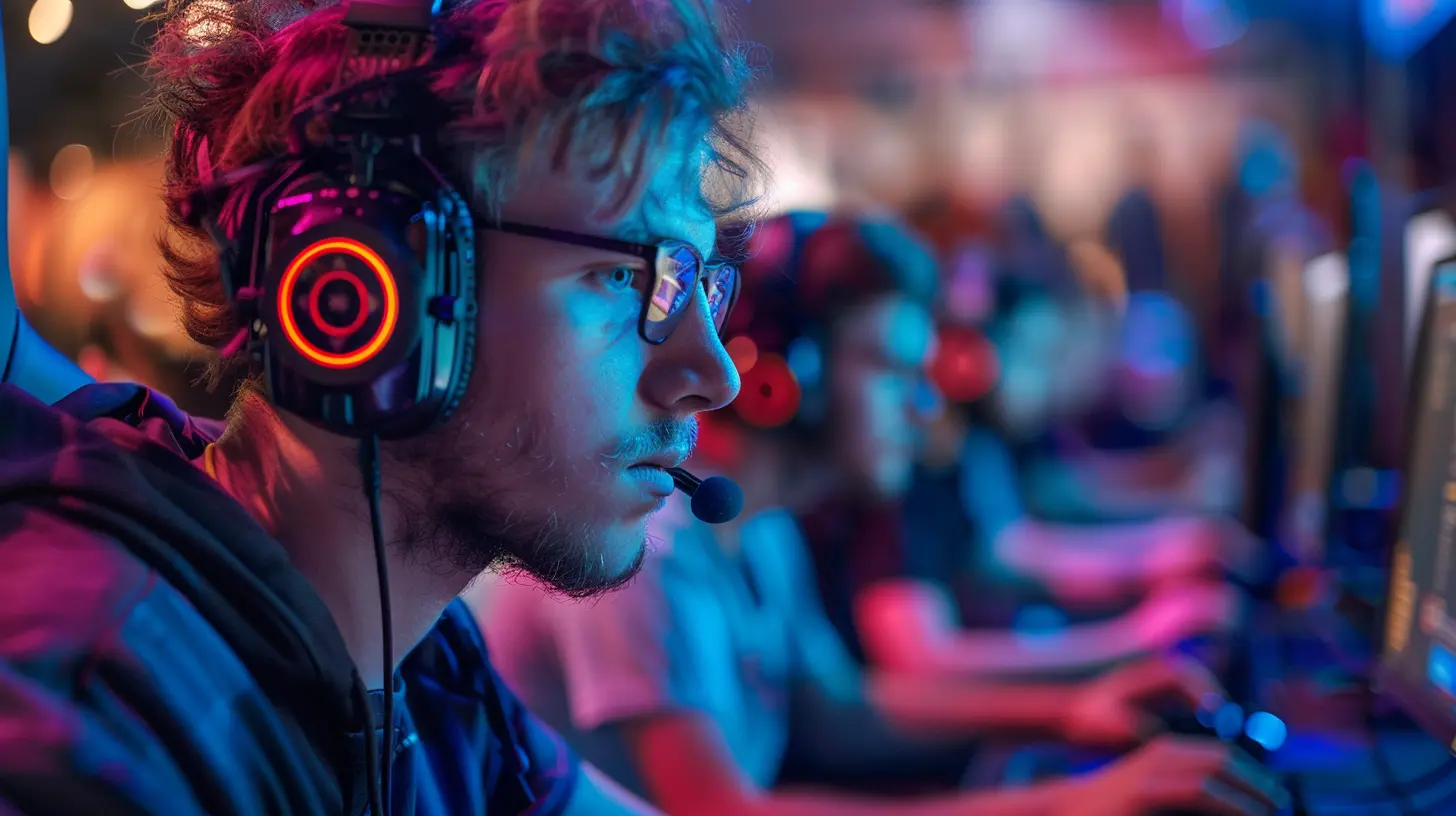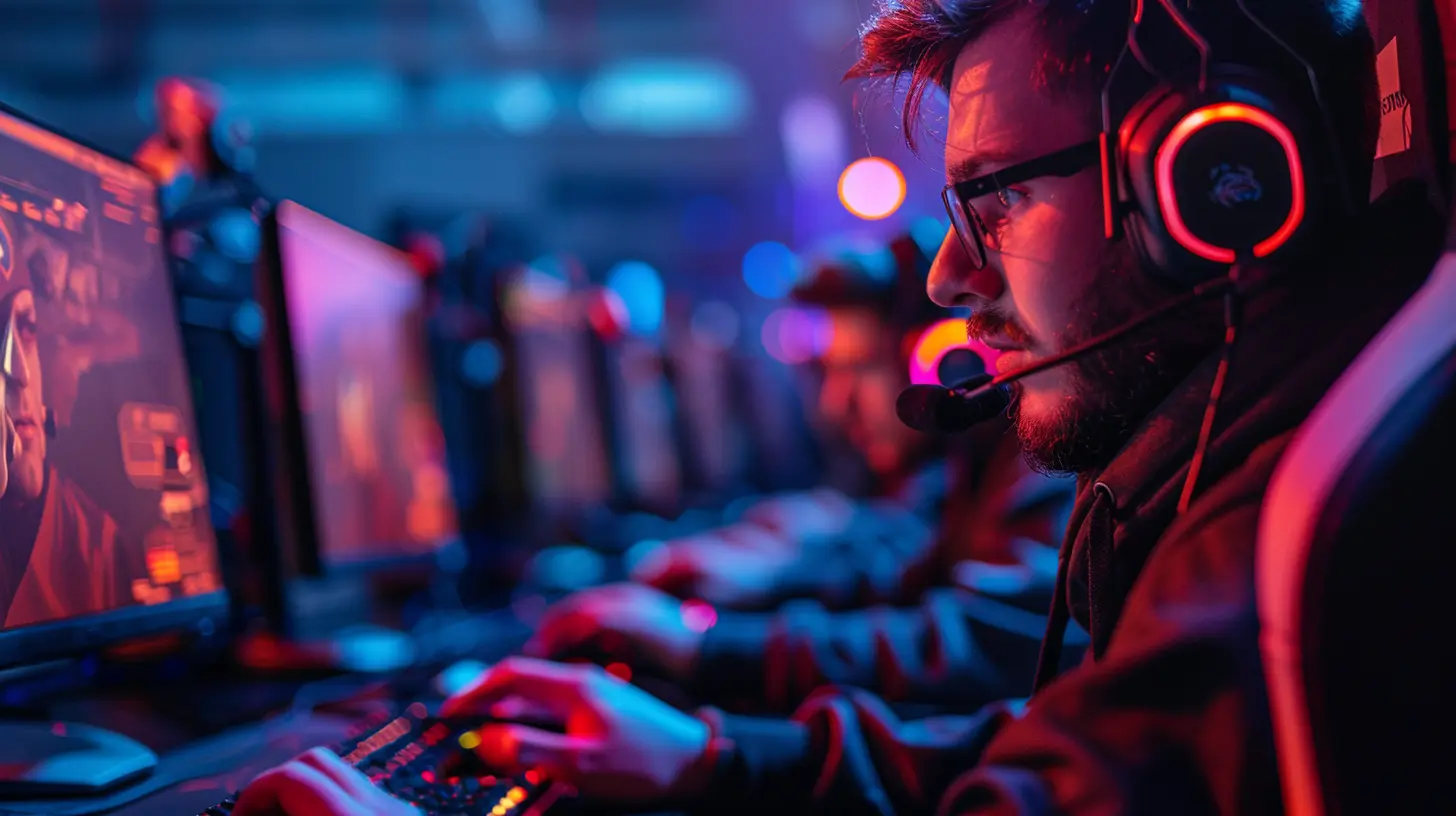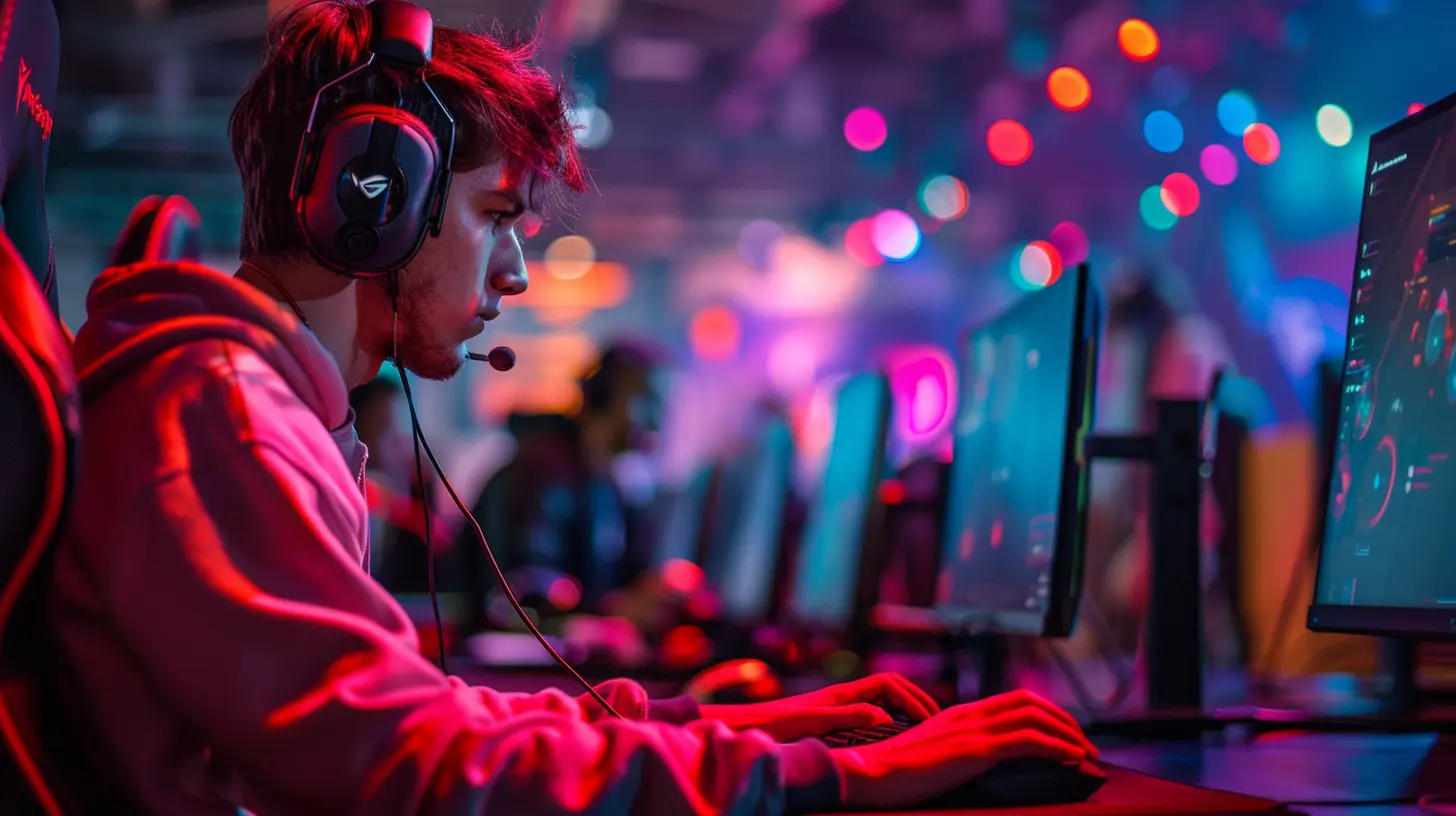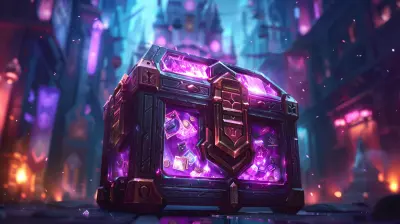How Game Balancing Affects Competitive League Play
27 September 2025
Ever felt like a champion just doesn’t hit the same after a patch? Or maybe you’ve sat through a pro match thinking, “Why does every team pick the same few heroes?” You're not imagining things—it's all part of the mysterious, ever-evolving world of game balancing. Specifically, in competitive League play, balancing can make or break not only your solo queue experience—but entire esports tournaments.
Let’s break it down, step-by-step, and take a deep dive into how game balancing affects competitive League of Legends play.
What Is Game Balancing, Really?
Before we go full Summoner's Rift, let’s clarify what we mean by game balancing.Game balancing is the process of tweaking game mechanics, champions, abilities, items, and systems to ensure that no particular element dominates gameplay unfairly. In a competitive game like League of Legends, this is absolutely crucial. Developers (hey, Riot Games 👋) constantly adjust stats, cooldowns, damage ratios, gold costs, and tons of other variables to keep everything... well, balanced.
Think of it like tuning a guitar. If one string is too tight or too loose, the whole harmony’s off. Same goes for League—if one champion is overtuned or an item is too strong, it throws the entire meta into chaos.
Why Balancing Matters So Much in Competitive Play
In casual matches, an unbalanced champ might just mean a little tilt and a lost LP or two. In competitive play? It can mean the difference between winning a championship and crashing out early.Let’s explore why balancing weighs so heavily in the competitive League space:
1. Shaping the Meta
“Meta” is short for “most effective tactics available.” It’s basically the current strategy, team composition, and champion picks that offer the best chance at winning.When Riot balances the game, they’re indirectly (sometimes directly) shifting the meta. A single patch buffing a previously ignored champion can catapult them to must-pick status. On the flip side, nerfing a powerhouse hero can open up space for other strategies to shine.
For example, remember when Aphelios was dominating every bot lane in pro play? One nerf later, and he almost vanished from the competitive scene overnight.
2. Promoting Strategic Diversity
Balanced gameplay encourages a variety of winning strategies. Without it, you end up watching the same 3-4 champions drafted in every match. Boring, right?Balancing opens up the competitive field, leading to:
- Different champion picks
- Varied team compositions (poke, engage, stall, etc.)
- Unique regional metas
All of this is gold for fans. It keeps the game unpredictable, exciting, and mentally stimulating.
3. Preventing Stale Gameplay
There’s nothing more disheartening for a pro player than “solving” the game early in the season, just to repeat the same strategy for months. Without balance patches, that’s what happens.Frequent balance updates force teams to adapt and evolve. You can’t just rely on a cheesy strategy the whole split. The best teams are the ones who can navigate patch changes smoothly.
Real-World Examples of Balance Shaking Up Competitive League
You don’t need to look far to find examples of game balancing completely flipping the competitive scene.Example 1: The Ardent Censer Meta (2017)
Support players, remember this dark time? Ardent Censer was buffed, and suddenly every bot lane was about who had the best shielding support. Janna, Lulu, and Karma became gods.It wasn’t until Riot toned down the item and adjusted enchanters that the meta regained variety. That’s a textbook case of how balancing (or lack thereof) can dominate an entire competitive season.
Example 2: Yuumi's Rise and Fall
An adorable floating cat? What’s the problem?Well, Yuumi was incredibly strong on release and even more terrifying in pro play. Her kit made aggressive plays almost risk-free and boosted ADCs to scary levels. Her healing, untargetability, and scaling were a nightmare for balance.
Riot had to constantly adjust her numbers, rework parts of her kit, and finally give her a mini-overhaul to fix how oppressive she was in coordinated team settings.
How Teams Adapt to Balance Changes
Competitive teams aren’t just made of mechanical gods. Behind the scenes, they have analysts, coaches, and strategy team members constantly reading patch notes like ancient scrolls.Here’s how teams usually handle changes:
1. Scrim Like Crazy
As soon as a patch drops, teams start scrimming (practice matches) the new meta. They try out champions that were buffed and test if nerfed champions are still viable.2. Theorycrafting
Analysts simulate matchups, run spreadsheets, and even build predictive models. They determine which changes are worth adapting and which are just noise.3. Pick and Ban Optimization
Draft strategy can shift dramatically after a balance update. Pros work with analysts to update their pick/ban strategies—sometimes even scrapping entire comps if one key piece gets nerfed.The Risky Balancing Act for Developers
Balancing a game like League of Legends is like walking a tightrope... over a volcano... while juggling.Riot has to consider so many conflicting perspectives:
- Solo queue vs. pro play
- Low elo vs. high elo
- Regional metas (NA vs. LCK vs. LEC, anyone?)
- Popular champions vs. niche picks
A buff that makes a champ 5% stronger in solo queue might make them 20% more powerful in pro play thanks to better coordination and macro play. It's a headache. And then there’s the timing—nerf a champion right before playoffs? Cue the Reddit outrage.
Riot usually tries to avoid giant balance patches right before major events like Worlds or MSI, but hey, sometimes it's unavoidable.
Balancing Isn't Just About Champions
Let’s not forget that balancing extends way beyond champions.1. Item Changes
A subtle change to an item can define the meta as much as any champion buff or nerf. Remember when Goredrinker was overpowered? Every bruiser built it, and suddenly fights felt like mini-boss battles.2. Map Objectives
Rift Herald, Dragon, Baron—these objectives have all gone through multiple reworks to keep them competitive. A tiny buff to Dragon Soul might tilt teams into building more sustain-heavy comps, for example.3. Rune Tweaks
Runes like Conqueror or Electrocute have taken turns being flavor-of-the-month. Even minor adjustments here can change an entire lane dynamic.Viewer Experience and Balance: A Delicate Dance
Game balance isn’t just a behind-the-scenes affair. It directly influences what fans see when they tune in to LCS, LEC, LCK, or LPL.When the game is well-balanced:
- Games are more exciting
- Champion diversity keeps things fresh
- Viewers get to see creativity in action
When it’s not? You end up with 40-minute snoozers and mirror matchups on both sides.
Ugh. No one signed up to watch Jinx vs. Jinx for 5 straight matches.
Is Perfect Balance Even Possible?
Let’s be real—probably not.League of Legends is a massively complex game. With over 160 champions, items, runes, and thousands of potential matchups, creating perfect balance is basically a fantasy.
But that’s okay! The goal isn’t perfection—it’s playability, diversity, and fairness. As long as there's constant iteration and communication between the devs and the community, the game stays healthy.
The Future of Competitive Balance
With tools like AI-driven analytics, automated patch simulations, and deep community feedback, game balancing is only getting smarter. Riot has even opened up about using machine learning to test internal balance ideas.Expect to see:
- More micro-patches between major updates
- Regional balancing based on pro data
- In-game data tools that help players understand balance better
But above all, balancing will remain a moving target. It’s a never-ending dance between chaos and control—a push and pull that defines high-level League of Legends.
Final Thoughts: Balance Is the Backbone of Competitive League
So, how does game balancing affect competitive League play?In every way imaginable.
It shapes metas, builds strategies, challenges pros, keeps viewers on their toes, and ensures fair play at the highest level. Whether you're a casual fan or a hardcore ranked grinder, balance keeps the game alive—and keeps us all coming back for “just one more match.”
So next time you see a patch note changing your favorite champion's W cooldown by half a second… yeah, it matters more than you think.
all images in this post were generated using AI tools
Category:
Gaming LeaguesAuthor:

Pascal Jennings
Discussion
rate this article
1 comments
Hailey Lawson
Great insights on game balancing and its impact on competitive play! It’s fascinating how careful adjustments can enhance fairness and strategy in leagues. Balancing truly shapes the player experience, fostering a more engaging environment. Looking forward to seeing how this evolves in future titles!
October 1, 2025 at 4:30 AM

Pascal Jennings
Thank you! I’m glad you found the insights valuable. Game balancing is indeed crucial for fostering a fair and strategic competitive environment. Excited to see how it continues to evolve!


